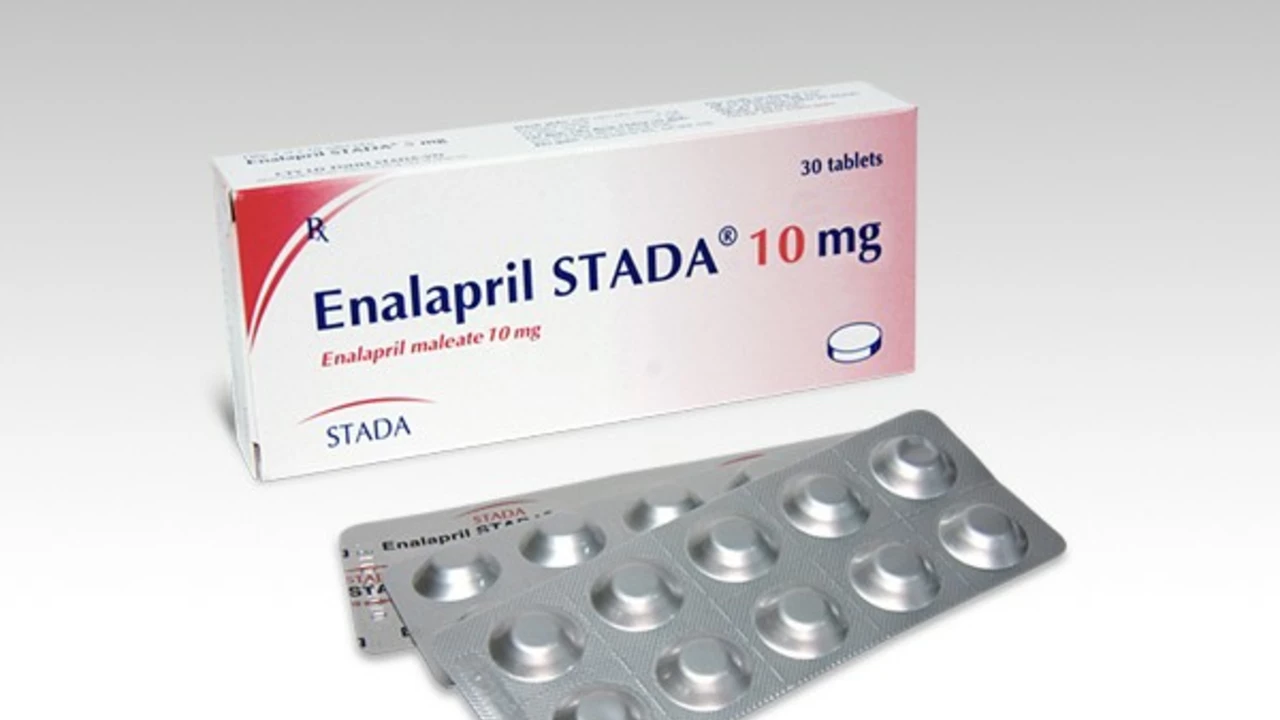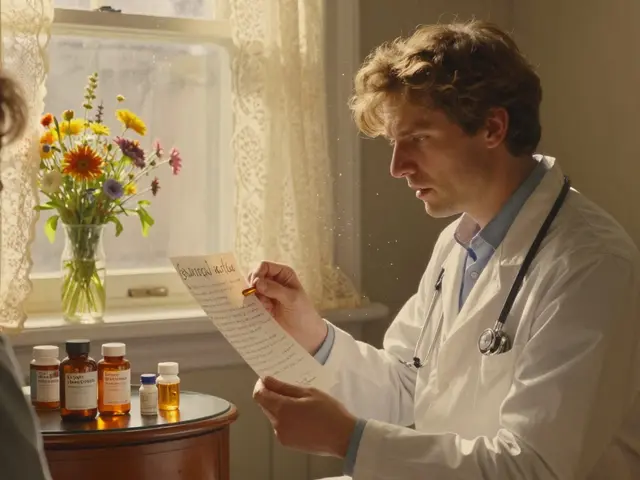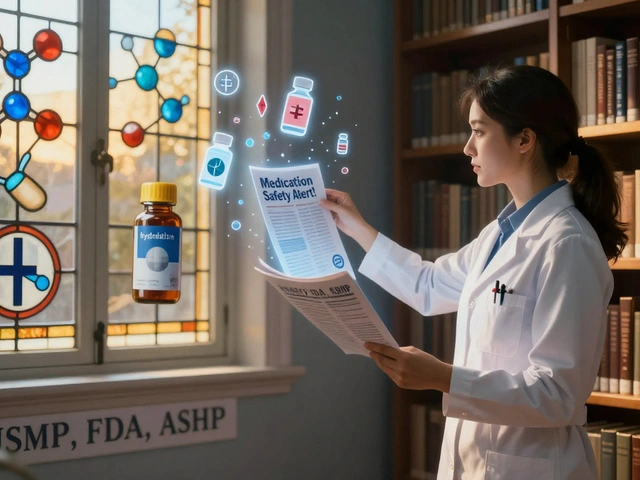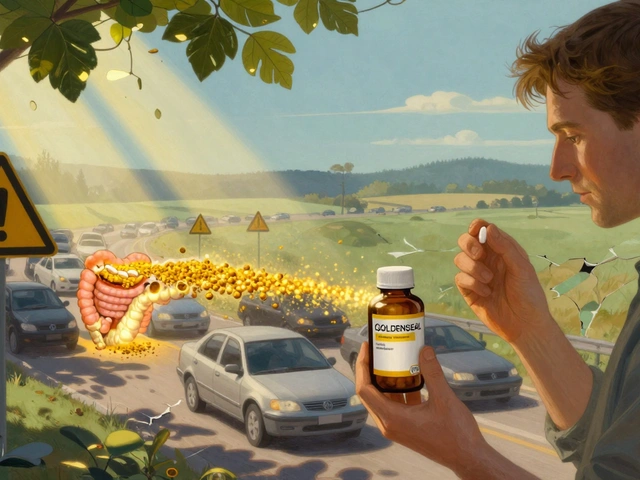Drug Interactions: Spot, Avoid, Manage
Drug interactions happen when two or more medicines, supplements, or foods change each other's effects. Some interactions make a drug weaker, some make it stronger, and some cause new side effects. You can prevent most of them if you know what to look for. Start by listing every prescription drug, over-the-counter medicine, vitamin, and herbal product you take. Include how much you take and when you take it.
Common high-risk interactions
Tell your prescriber and pharmacist about this list every time you get a prescription. Ask specifically: "Does this interact with my other meds or supplements?" Pharmacists can run an interaction check that flags risky combinations. If a new symptom starts after a dose change — like unusual bleeding, dizziness, muscle pain, severe headache, fast heartbeat, or sudden confusion — contact your healthcare provider right away.
Blood thinners such as warfarin interact with antibiotics, antifungals, and many supplements like vitamin K or cranberry. Statins can react with certain antibiotics and antifungals to raise the risk of muscle damage. SSRIs and some migraine drugs can combine to create serotonin syndrome. MAOIs and tyramine-rich foods or some cold medicines can cause dangerous blood pressure spikes. Grapefruit juice can raise blood levels of many drugs, including some statins and blood pressure meds.
Over-the-counter pain relievers matter too. NSAIDs like ibuprofen can reduce the effectiveness of some blood pressure medicines and increase bleeding risk with anticoagulants. Even common supplements like St. John’s wort can cut the effectiveness of birth control and some antidepressants. Don’t forget topical medicines and eye drops; they can interact with oral drugs.
Quick checks and what to do
How to check quickly: keep an up-to-date list in your phone, use a reputable interaction checker such as Drugs.com or the pharmacy’s system, and bring your list to every medical visit. If you start a new drug, ask your provider whether you should watch for specific symptoms or have any lab tests. For high-risk meds like anticoagulants, statins, or chemotherapy, ask about baseline and follow-up labs.
If a pharmacist advises changing or stopping a medicine, get the reason in plain words and write it down. Never stop a critical drug like insulin or anticoagulants without talking to your prescriber. If you suspect a harmful interaction, seek urgent care or call your local emergency number.
Reporting side effects helps everyone. Tell your prescriber and pharmacist, and report serious reactions to national systems such as the FDA MedWatch in the United States. Being proactive keeps your treatment working and lowers the chance of avoidable harm.
Practical example: if you take warfarin and get antibiotics, ask whether your INR needs checking. If you use erectile dysfunction meds and start a nitrate for chest pain, tell emergency staff about both. When traveling, carry a written drug list with active ingredients in original containers. A quick question — 'Any interactions?' — often prevents serious trouble.

Enalapril and Alcohol: Understanding the Risks
As a blogger, I feel it's crucial to discuss the potential risks of mixing Enalapril and alcohol. Enalapril is a medication prescribed to treat high blood pressure, and combining it with alcohol can lead to adverse side effects. Some of these side effects include dizziness, lightheadedness, and a potential increase in blood pressure. It's essential to consult with your healthcare provider before consuming alcohol while on Enalapril. Remember, staying informed and making safe choices is the best way to maintain good health.
Read More




